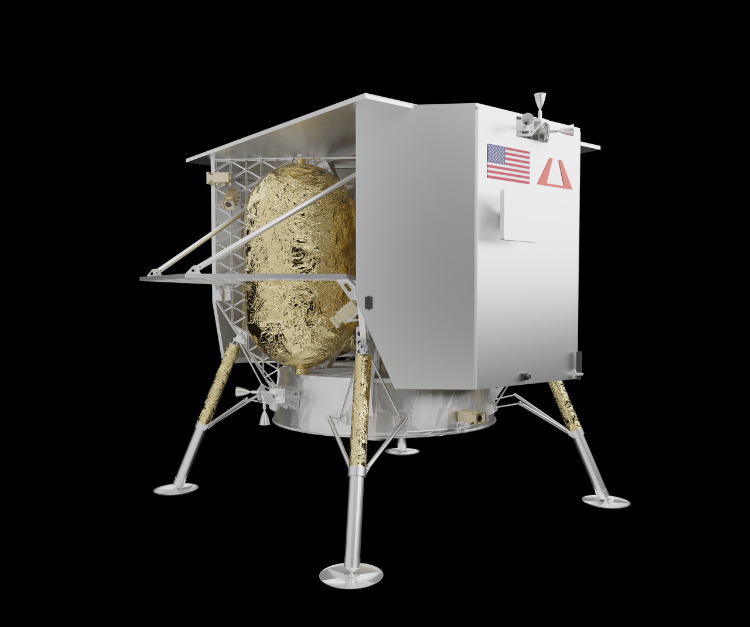
After a promising lift-off, the Astrobotic’s Peregrine Moon Lander is now facing an unlikely end as the faulty spacecraft careens back towards Earth. (Photo: Interesting Engineering)
The Crippled Spacecraft’s Unexpected Fate Unfolds
After a promising lift-off, the Astrobotic’s Peregrine Moon Lander is now facing an unlikely end as the faulty spacecraft careens back towards Earth. Originally intended for a lunar landing, a malfunctioning valve has led to the loss of all propellant, permanently altering its trajectory.
This craft which is currently over 242,000 miles from Earth, is expected to meet its fiery demise in Earth’s atmosphere on January 18, 2024, marking an unexpected conclusion to what was to be America’s first lunar landing mission in over 50 years.
Following a successful maiden flight of a new heavy rocket, the Peregrine Moon Lander was poised for an extraordinary achievement, until the malfunctioning valve began releasing propellant, rendering the craft helpless in its journey through space. Expectations for a translunar orbit and eventual lunar landing were dashed as the spacecraft’s trajectory was irreversibly altered, leading it back towards Earth. Despite the setback, ongoing monitoring by Astrobotic, in collaboration with NASA’s Jet Propulsion Laboratory, has provided crucial data, indicating a slowed propellant leak and guiding decision-making at Mission Control.
READ ALSO: Venus’ Hellish Atmosphere May Host Wispy Ice Clouds According To Study
As the mission takes an unexpected turn towards an Earth-bound trajectory, the company is exploring alternative outcomes, with amateur astronomer Tony Dunn pinpointing a potential reentry point over Australia’s Great Barrier Reef.
With the craft’s lightweight construction, it is anticipated that minimal to no surviving fragments will reach the lower atmosphere. The lingering uncertainties around the craft’s final moments offer a bittersweet conclusion to a mission that symbolized both progress and setbacks in the realm of space exploration.
READ ALSO: China Launches Einstein Probe With ‘Lobster Eyes’ X-Ray Telescope Into Orbit




![Tyson Foods Plant [Photo: Food Manufacturing]](https://southarkansassun.com/wp-content/uploads/2023/08/iStock_1185520857__1_.5e441daa51cca-600x337.jpg)







![Silverado Senior Living Management Inc. [Photo: Los Angeles Times]](https://southarkansassun.com/wp-content/uploads/2023/10/download-6-4-600x337.jpg)

![China's Wuhan Institute of Virology [Photo: Nature]](https://southarkansassun.com/wp-content/uploads/2023/09/d41586-021-01529-3_19239608-600x337.jpg)
















